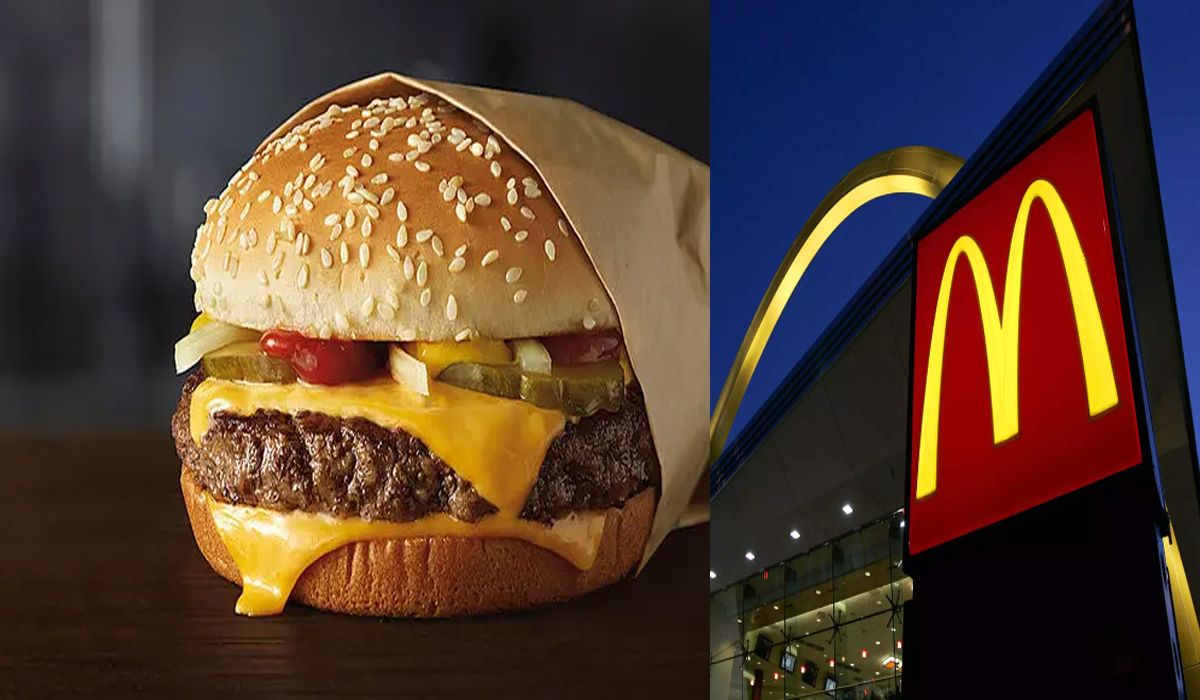
A severe E coli outbreak linked to McDonald’s Quarter Pounders has targeted over four dozen people in the US, mainly in Colorado and Nebraska. The severity of the outbreak can be understood by the fact that one person has been reported dead as per the US Centers for Disease Control and Prevention due to this grave E coli outbreak. Let’s understand the link between E coli outbreak and its root cause the McDonald’s Quarter Pounders.
As per the CDC, the people affected by this outbreak belong to age group ranging between 13 to 88. 10 people have been hospitalized, including a child with complications from HUS, a syndrome that damages small blood vessels and can lead to deadly clots, the agency said. Why the Mc Donalds Quarter Pounders is considered as the source of the outbreak because all those sick have confirmed eating hamburgers between September 27 to October 11 specifying the Mc Donald’s Quarter Pounders.
Possible ingredients responsible for E coli outbreak
As per the CDC, The specific ingredient linked to illness has not yet been identified, but investigators are focused on two ingredients in particular: fresh slivered onions, and fresh beef patties. The outlet has also responded and stopped the use of slivered onions and beef patties in hamburgers. It is also reported that Quarter Pounder hamburgers in some states may be temporarily unavailable due to the outbreak of E coli.
The impact of E coli on Mc Donald’s shares is also visible. Chain’s shares fell 6 percent early Wednesday as claimed by the reports.
Symptoms of E coli
CDC has also issued symptoms to look out for the outbreak of E coli. It said that Most people infected with Shiga toxin-producing E. coli experience severe stomach cramps, diarrhea (often bloody), and vomiting. The symptoms usually start 3 to 4 days after swallowing the bacteria. It is worth mentioning that most people recover without treatment after 5 to 7 days. Only in severe case people may develop serious kidney problems (hemolytic uremic syndrome, also called HUS) and would need to be hospitalized
